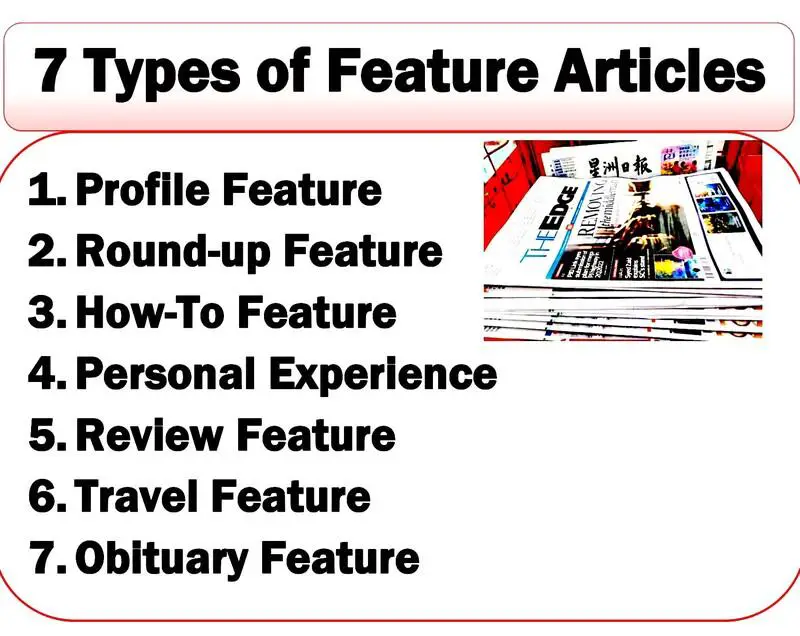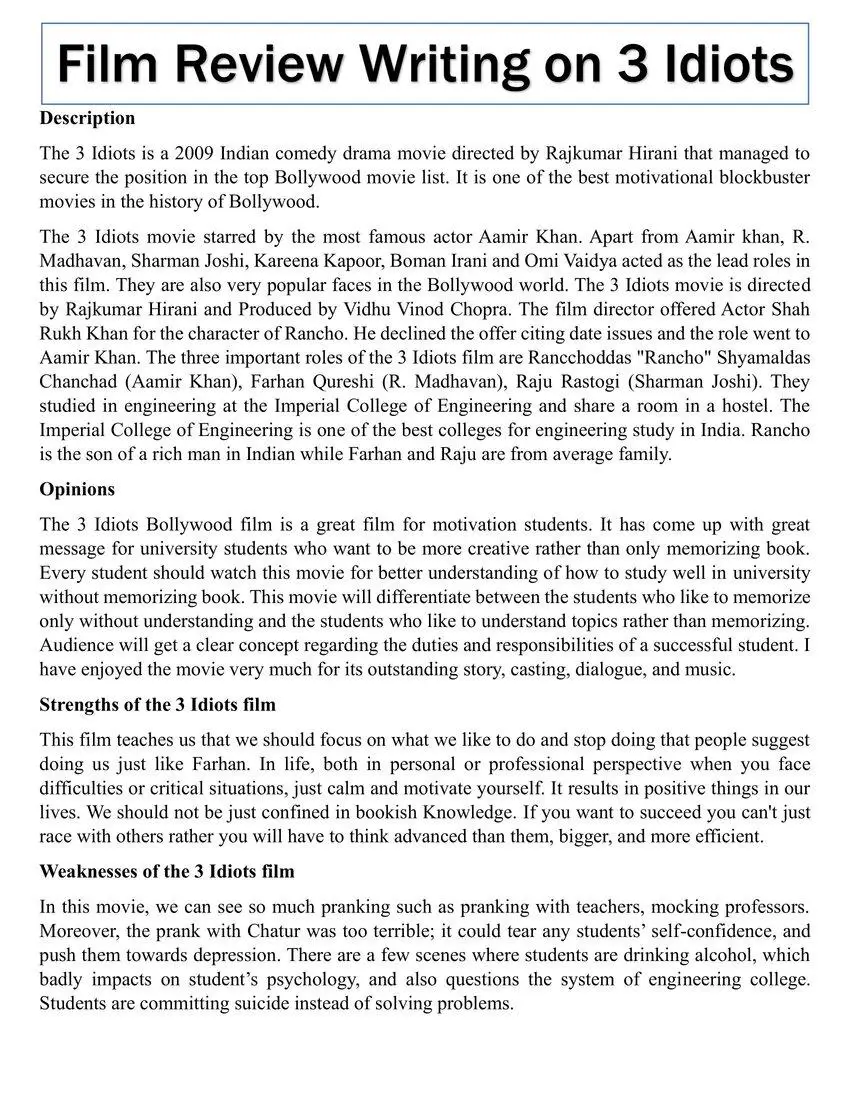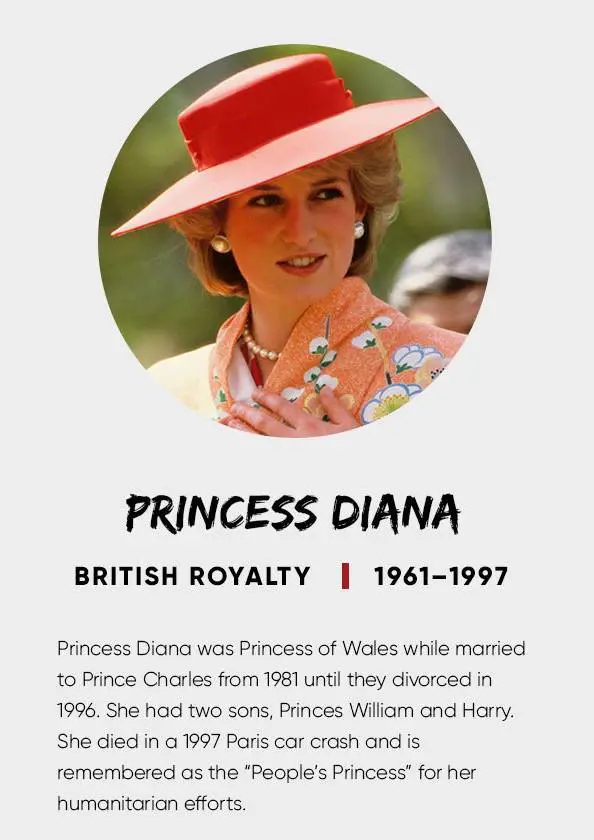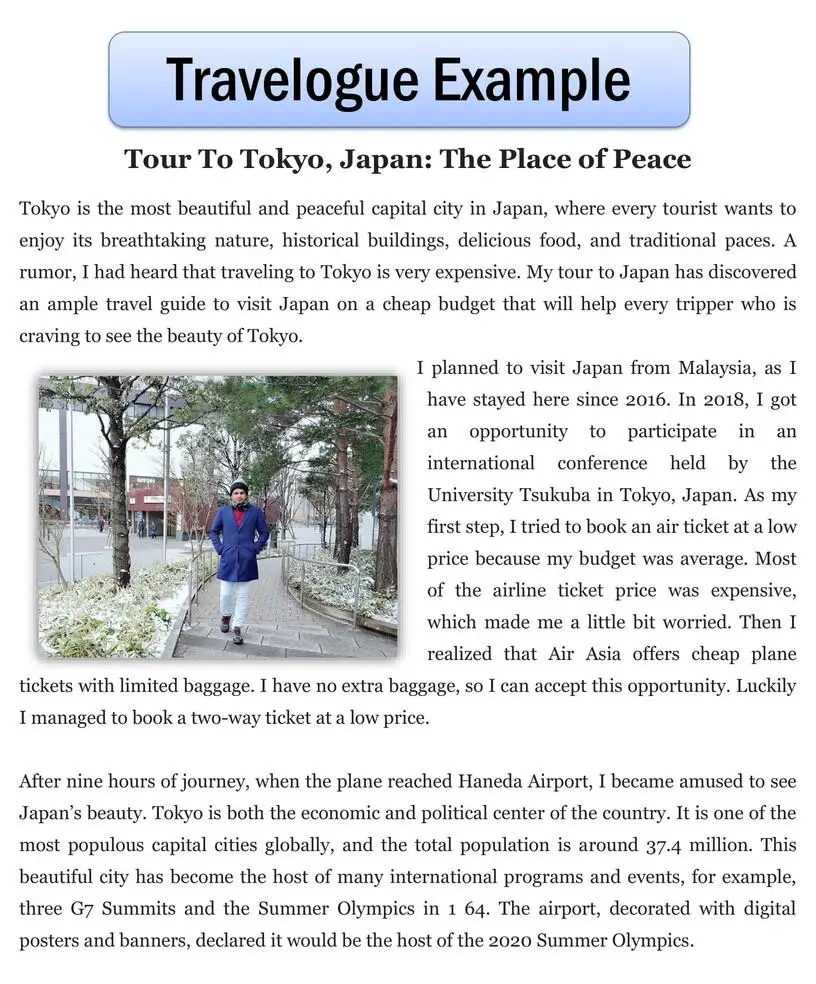Feature Writing in Journalism. Types of Feature Articles and 7 Types of Features Writing With Examples. Types of Feature Stories.
Feature Writing in Journalism
Feature writing refers to the feature article or feature story. In journalism, feature writing is a greater and longer non-fiction story that deals with actual events, issues, and trends. Feature writing is also known as a feature article and story. According to BBC, the feature articles are soft news and human-interest stories. The significant objectives of feature articles are adding color, humanizing, educating, and entertaining the active and passive audience.
A feature article in journalism must have three essential parts: news lead, body, and end. According to the inverted pyramid style, the news lead presents important info, followed by the news body showing details, and the news tail represents additional info. However, the feature story writing style does not thoroughly comply with the inverted pyramid style of news article writing. The news articles such as hard news follow the inverted pyramid model comprehensively. Feature writing is the genre of print media and digital journalism.
Types of Features Writing
The 7 Types of Feature Articles are:
- Profile Feature Article
- Round-up Feature Article
- How-To Feature Article
- Personal Experience Feature Article
- Review Feature Article
- Travel Feature Article
- Obituary Feature Article
These are the most common types of feature writing and stories in journalism. The author presents the seven types of feature articles examples for students.
1. Profile Feature Article
A profile feature article demonstrates a person's appearance, characteristics, lifestyle, emotions, hobbies, and positive aspects. Therefore, it is also known as personality story writing. People are always curious to know about others. Consequently, it is one of the most important types of human interest features writing in journalism. So, the journalist must need to take the person's consent and assistance to write a profile feature article. A profile feature story writing aims to show how a person gains recognition and elaborately describes a person, place, idea, and organization. In addition, it displays feelings, exposes attitudes, and captures habits and characteristics. Finally, profile feature writing entertains and informs the audience about the person or group of people.
The profile feature article emphasizes those who have a good position in society: criminals who reach the milestone, gain experiences, and want to justify their attention. The personality news feature article represents basic information about the subject, such as physical characteristics, personality, intelligence and ability, background status, dreams, and surroundings. It is the most significant feature writing among the seven types of feature stories.
Example of Profile Feature Article:
The Untold Stories of Paul McCartney

2. Round-up Feature Article
Round-up feature article refers to a post on blogs and social media platforms where a writer presents various ideas and suggestions. Sometimes, reviewers play the journalist role and evaluate the products that assist potential customers in making decisions. Additionally, the employees write a product round-up feature for the customers and stakeholders.
Example of Round-up Feature Article
Five tips on how to pick the perfect roommate
3. How-To News Feature Article
The how-to feature is the article that shares someone's experiences to help others know about that phenomenon. It is undoubtedly a great way to assist people in completing new tasks and reaching new goals. Writing a “how-to article” is a great way to share your expertise with other people. Therefore, it is another crucial genre of news feature articles to solve problems.
The scholars propose instructions to write a complete how-to feature article, such as using the transitional verb to maintain sequence, gathering some questions about the topics, elaborating on steps, mentioning what will happen next, and sharing the consequences.
Example of the How-To Feature Writing
How to Write:
Business Proposal Examples For Students
How To Write a TV Program Proposal
Rule of How-to Feature News Article Writing
Firstly, the writers need to spend 30% of their time researching and finding the story idea. Additionally, they need to pay 30% of their time doing interviews and reporting. Finally, journalists need to spend 40% of their time writing the article. Journalists spend more time studying compared to writing articles.
4. Personal Experience Feature Article
Personal experience feature writing refers to sharing an expert article in journalism. It is another type of feature writing in journalism in which experts share their experiences. Nowadays, writers share their expertise in print media and social media sites, including Facebook, Instagram, Twitter, etc. The fundamental objectives of the personal experience feature are to share experiences and educate others. It also assists in coping with new challenges.
The Art of Covering Horse Racing
5. Review the Feature Article
The review feature is an article that critically assesses and summarizes topics such as books, movies, articles, fashion, arts, restaurant policies, performances, etc. It is also called the overview or survey article. The most important objective of writing a review article is to give an analysis honestly and provide suggestions to the audience. The 3-Idiots film review writing is an example of a movie review feature in journalism.
Example of Review Feature Article:

6. Travel Feature Article
The travel feature in journalism refers to writing a report about travel guides with photos and suggestions. It deals with exploring nature's beauty and explaining traveling guidelines for the journey. The travel feature in journalism is also known as a travel story and travelogue article. People travel for various perspectives, such as personal business, job purposes, multicultural immigration, curiosity, and adventure. According to Rob McFarland (2007), photos are inevitable elements in travelogue features to make them exciting and vivid for audiences. So, journalists need to follow some instructions when adding photos inside articles, including people's images, use the rule of thirds, put something in the foreground, fill the frame, and use a frame.
Example of Travel Feature Article:
Travelogue Example for Students- Tour To Japan
7. The Obituary Features Article
An obituary feature is an article writing that notifies people about the death of someone and details information about the funeral. It also provides background information, including date of birth, birth location, education, job, legacy, and a meaningful summary of a person's life.
Example of Obituary Feature
Diana, Princess of Wales, 36, Died in a Crash in Paris

Conclusion
The seven types of features stories in journalism are profile, round-up, how-to, personal experience, review, travelogue, and obituary articles. Feature articles in journalism explain and disseminate factual information regarding people, places, processes, history, expertise, experience, and so on. It is a great platform to educate people about unknown phenomena. People are getting beneficial both personal and corporate perspectives with feature articles. Therefore, it substantially impacts society by imparting knowledge and entertainment.


